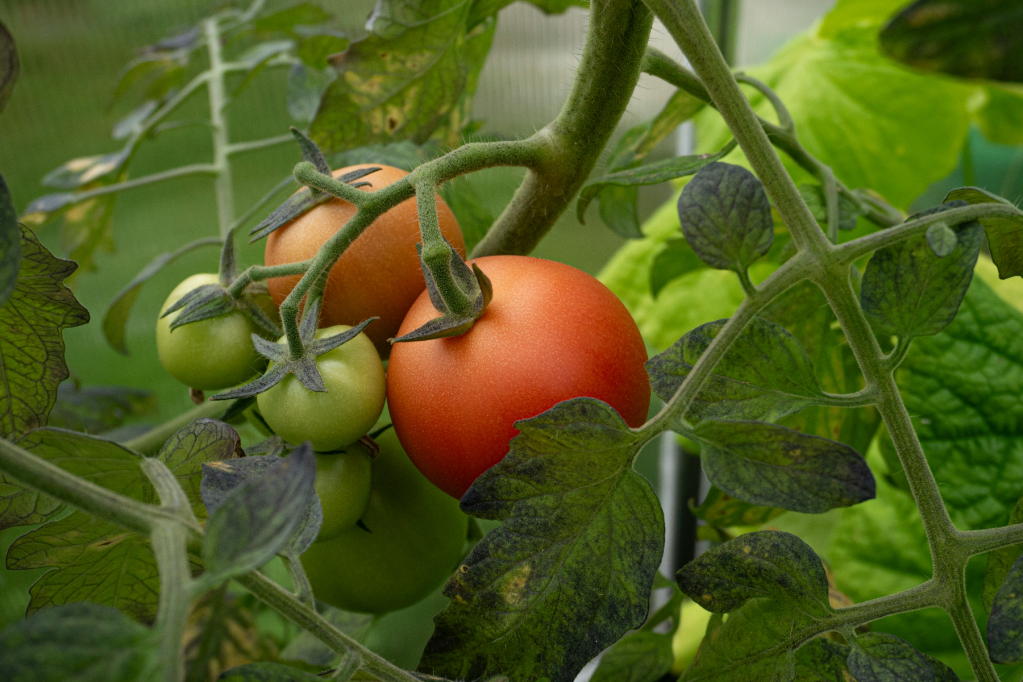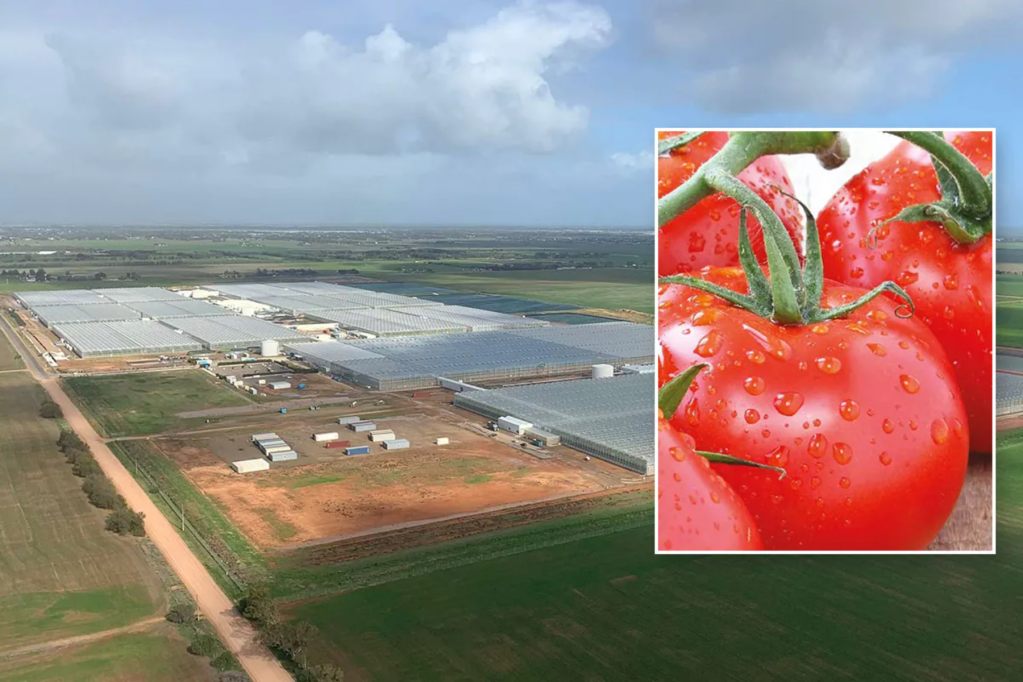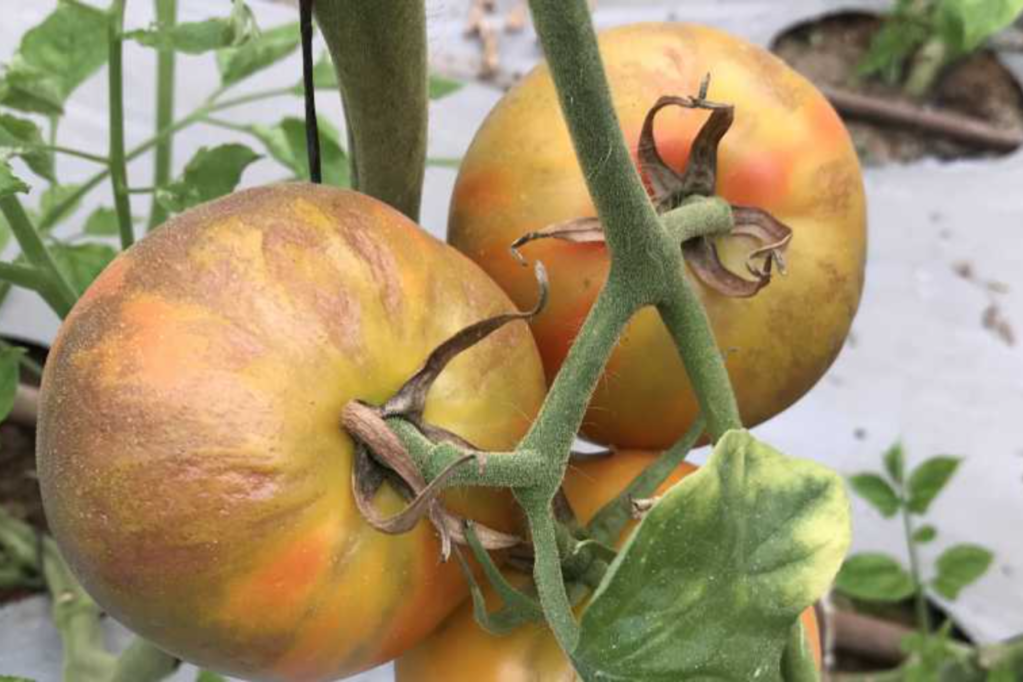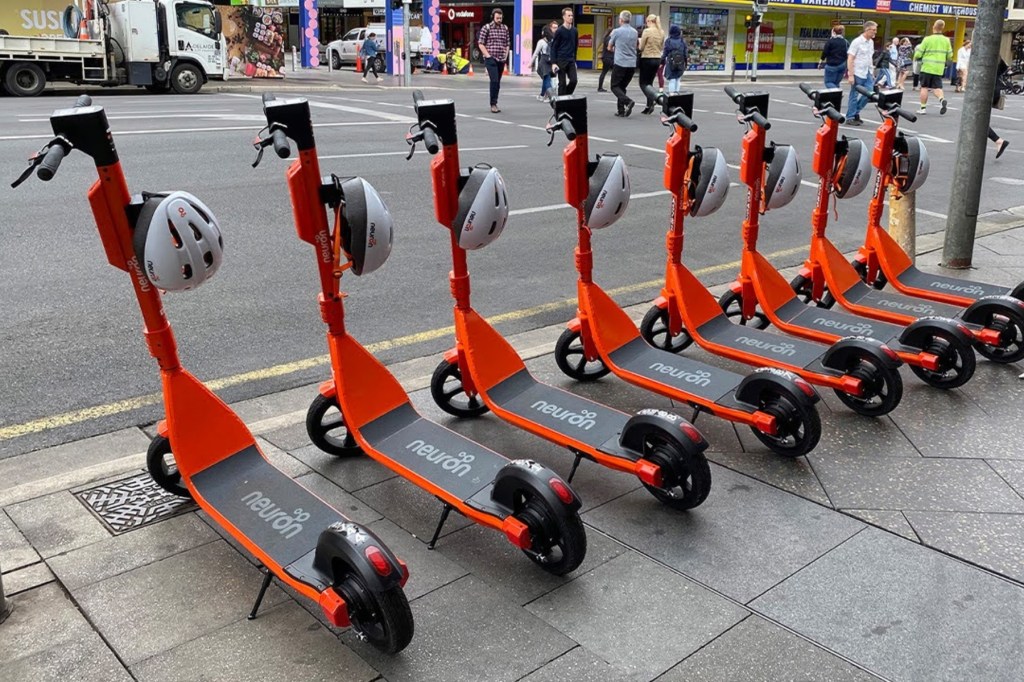Hope for local tomato growers as one state eases virus ban
Export bans on South Australian tomatoes have been lifted by one state but conditions remain due a damaging virus which forced hundreds of workers to be stood down at producers north of Adelaide.

Adelaide recorded the country’s first case of the highly contagious Tomato brown rugose fruit virus (ToBRFV) in August, prompting the closure of three Adelaide producers, the standing down of hundreds of workers and the introduction of export bans.
ToBRFV is a highly contagious exotic virus that affects tomatoes, capsicums and chillies, and is regarded as a “considerable threat” to Australia’s $5.8 billion vegetable industry. The virus impacts the yield and marketability of fruits, causing brown wrinkled spots, deformations and uneven ripening.
After the discovery of the virus, Queensland, Western Australia and New Zealand restricted South Australian tomato imports.
A third case of the contagious virus was detected at a third property in September, and later that month Western Australia widened its ban on South Australian tomatoes, while New Caledonia became the second country to introduce export restrictions.
Western Australia has now reduced its ban, allowing South Australian exports subject to requirements.
Primary Industries Minister Clare Scriven said for producers who have already received negative testing results for the virus, she expected trading with Western Australia would be able to start “this week”.
“We’ve now been able to confirm the pathway with Western Australia,” she told ABC Radio Adelaide.
You might like
Scriven said growers would be required to arrange testing within 10 days of harvesting their produce before PIRSA issues them a Plant Health Certificate.
“When they have that Plant Health Certificate in their hands then they are able to send that to Western Australia, and Western Australia has advised that they will accept tomatoes who have that Plant Health Certificate,” she said.
AUSVEG SA CEO Jordan Brooke-Barnett told InDaily that South Australia sends “millions of dollars of produce across the border” to Western Australia.
“Anything in that space is welcome relief, so we’re thankful that that seems to have happened,” he said.
“We’re ramping up in terms of production, we’ve got full access to New South Wales, Victoria, and the local market.
“It will take a little bit of time for the taps to flow on that [Western Australia’s changes] just because it requires PIRSA to go out there on our understanding to actually test and issue plant certificates.”
Brooke-Barnett said South Australia produces “roughly a third of Australia’s tomatoes”.
“It’s well in excess of $200 million worth of produce per annum. So certainly any markets we can access, the more the better,” he said.
Stay informed, daily
“Certainly our industry is still here, we are under a period of restricted trading, but most of the growers are getting on with the job.”

The virus is not harmful to humans. Photo: Growing Produce
Scriven said conversations were “continuing with Queensland”, which on August 23 restricted tomatoes and any other known carriers of ToBRFV from any state the virus had been detected.
“Unfortunately we don’t have that pathway as yet with Queensland, but the work is continuing,” she said.
“Frankly the fact that they’re now in caretaker mode because they’ve got an election probably isn’t helping. Even though the political side of government is not involved in something like this, I suspect that that does put the whole public service into a different sort of mode.
“It’s not we, as in South Australia, that can lift the ban. It’s not South Australia that can open the borders. It’s only the other states that have put restrictions on South Australia who can make that decision.”
Brooke-Barnett said the industry was also looking to Queensland, which is “a major market”.
“Counter seasonally I just think they will struggle to get tomatoes up that way if they don’t come to the table and look at putting something in place,” he said.
Brooke-Barnett said the international bans in place from New Zealand and New Caledonia were not as impactful for the South Australian market as such as Queensland.
“Certainly, with New Zealand and New Caledonia still to be made comfortable about what we’re doing in Australia, that sort of impacted those Queensland growers, which then had a flow-on effect, by my understanding, to their decision to put in place border restrictions.”
Biosecurity New Zealand director Lisa Winthrop said the country was “not considering” lifting restrictions in the way Western Australia has “at this stage”.
“We are open to working with our counterparts in Australia over the next few months to understand where they are in their response, and under what conditions we would look to lift the import restrictions on fresh tomatoes,” she said in a statement to InDaily.










